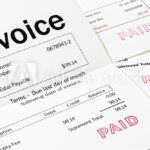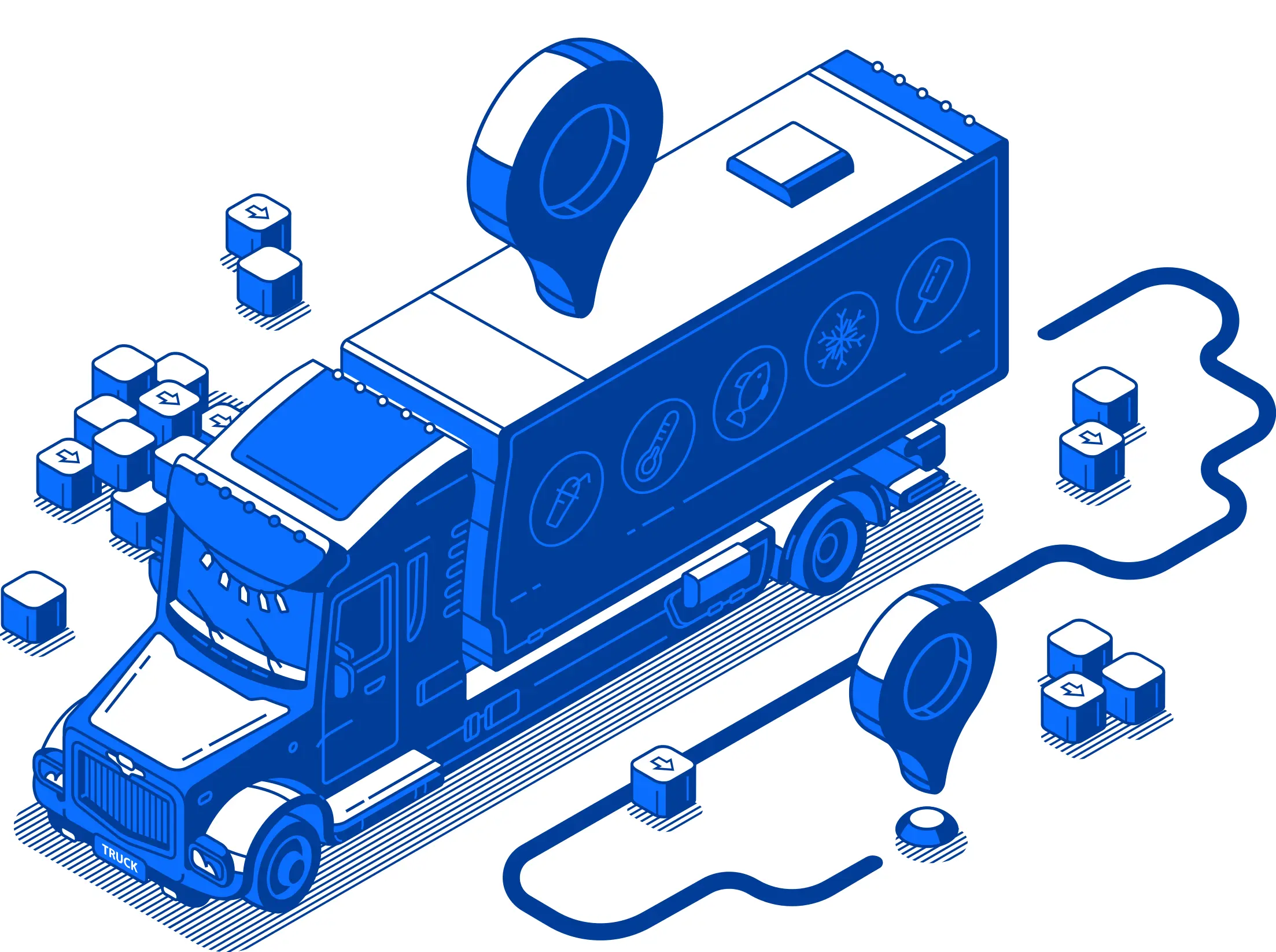Between 2018 and March 2022, the Federal Reserve hadn’t increased the effective federal funds rate. However, the Fed opted to get ahead of inflation by raising the rate by 25 points going from 0.25% to 0.50%. This was the first of several increases.
May, June, July, and September all saw benchmark rate increases bringing the benchmark rate to around 3% to 3.25%. The Fed also warned that by the end of the year, it’s expected the target rate will be at 4.4%. That’s just benchmark rate increases.
All of this is to blame for the increased interest rates you’re seeing on credit cards and adjustable-rate loans. It may seem counterproductive to increase interest rates when so many people are struggling to make ends meet, but there’s a reason this happens, and it’s all about getting inflation to the target rate of 2%.
What Is the Inflation Rate?
Before you can dive into why interest rates keep increasing, you need to understand what the inflation rate is. It’s the increase or decrease over a month or year that prices go up or down. If the monthly inflation rate is 1%, it means gas prices will be 1% higher next month. If a gallon of gas is $4 this month, it will be $4.04 next month.
It all comes down to supply and demand. If demand for items is low, prices decline. That’s why people saw gas prices drop during the pandemic. People were working from home, and less fuel was being used by drivers. Less demand drove gas prices to drop.
As workers returned to jobs, more people were on the roads, more gas was being used, and the increased demand also meant increased gas prices. When items like gas are more in demand, more workers are needed to keep up with that demand. More workers mean more wages being paid. Prices go up to account for the increase. Plus, people need that item and are willing to pay more to get what they need.
Inflation is usually linked to three areas:
- Demand-Pull – Demand for goods or services exceeds what’s currently available or possible.
- Cost-Push – Production costs have increased and driven up prices.
- Built-In – Prices have risen over time, leading to wage increases needed to maintain the cost of living.
How much people are currently paying helps determine the Consumer Price Index. The U.S. Bureau of Labor Statistics tracks the price people pay for 80,000 items each month. This helps the Fed track the inflation rate. It’s the Fed’s goal to keep that inflation rate at 2% all year, every year.
When consumer spending increases too quickly, it can lead to supply chain issues. Remember struggling to find some items like toilet paper, disinfecting cleaners, and even infant formula during the pandemic. Several factors lead to these problems, but supply chain issues drive up inflation. To keep inflation from getting out of hand, the Fed adjusts the federal funds benchmark rate.
The Fed wants to get inflation to 2%. To stabilize inflation, the government aims to maximize employment, stabilize prices, and moderate long-term interest rates. At this point in the pandemic, inflation rates around the world are at the highest levels people have seen since the 1980s.
What Caused Inflation to Change?
For several years, interest rates were low and hadn’t budged. What happened?
The pandemic is part of it. Lockdowns and social distancing policies created disruptions to the global supply chain. Some businesses didn’t survive and those closures raised unemployment levels. Some people found other ways to make money and some realized they could stay home with their children and use the money saved on daycare and transportation expenses to cover the lost income.
Stimulus checks provided by both the Trump and Biden presidencies increased government spending, plus the extra money helped stimulate spending, which also led to issues with supply and demand. That was a driving factor in the increases in interest rates, but a new one also hit. Russia’s invasion of Ukraine created problems with oil and gas supplies and the grains that Ukraine exports.
There’s a new problem up ahead that will further drive up interest rates. OPEC-Plus announced they’re cutting oil production by 2 million barrels per day starting in November. This is going to drastically increase oil prices, which will affect people who need petroleum-based products to heat their homes and businesses and power their cars.
Banks Also Have a Prime Rate
Banks and credit unions take the benchmark rate and set a prime rate. This is what drives your interest rates on mortgages, personal loans, business loans, and credit cards. Many banks follow a benchmark rate + 3% rule. As the benchmark rate goes up, so do the interest rates on credit cards and adjustable loans. Here are the average commercial bank interest rates on credit cards over the past few years.
- November 2019 – 14.87%
- May 2020 – 14.52%
- November 2020 – 14.65%
- May 2021 – 14.54%
- November 2021 – 14.51%
- May 2022 – 15.13%
- August 2022 – 16.27%
The last time rates exceeded 16% was in May 1995. What about business loans? Those interest rates are lower, but bank prime loan rates, which are a good comparison, are still rising rapidly.
- November 2019 – 4.75%
- May 2020 – 3.25%
- November 2020 – 3.25%
- May 2021 – 3.25%
- November 2021 – 3.25%
- May 2022 – 4%
- August 2022 – 5.5%
- October 2022 – 6.25%
These are the base rates. Actual business loan rates may be higher if you don’t have exceptional credit. The lower credit scores do mean you’ll pay higher interest rates.
What Can Trucking Firms Do to Stay Afloat?
As interest rates increase, charging some expenses on a credit card may not be your wisest business decision. If you have emergency repairs on a truck or are struggling to pay fees, there are three smarter options.
First, look into invoice factoring. Instead of waiting for one, two, or even three months for your clients to pay, get paid instantly by a freight factoring specialist. Saint John Capital’s freight factoring fees are as low as 1%, which is a lot lower than you’ll pay in credit card interest. Plus, you have the money you’re owed within a day or two, which is far more advantageous when it comes to staying on top of your rent, truck payments, repairs, and wages.
Second, consider a business line of credit. A line of credit is a loan product where you have a set amount you’ve borrowed, but you don’t have to use it all. Draw from it to cover expenses or grow your business and enjoy lower interest rates than you’ll get with a business credit card.
Third, this one is harder for some, but it’s important. If the cost of operating your trucks is increasing, you need to evaluate your current rates. Factor in the increased cost of diesel and gas, how many miles you’re driving, and how much you need to make per mile to afford these increases.
Learn more about freight factoring and a business line of credit by visiting Saint John Capital or calling 1-847-430-3620. We’re happy to answer your questions and show you other tools you can use to maximize your revenues, grow your business, and keep interest rates as low as possible.











